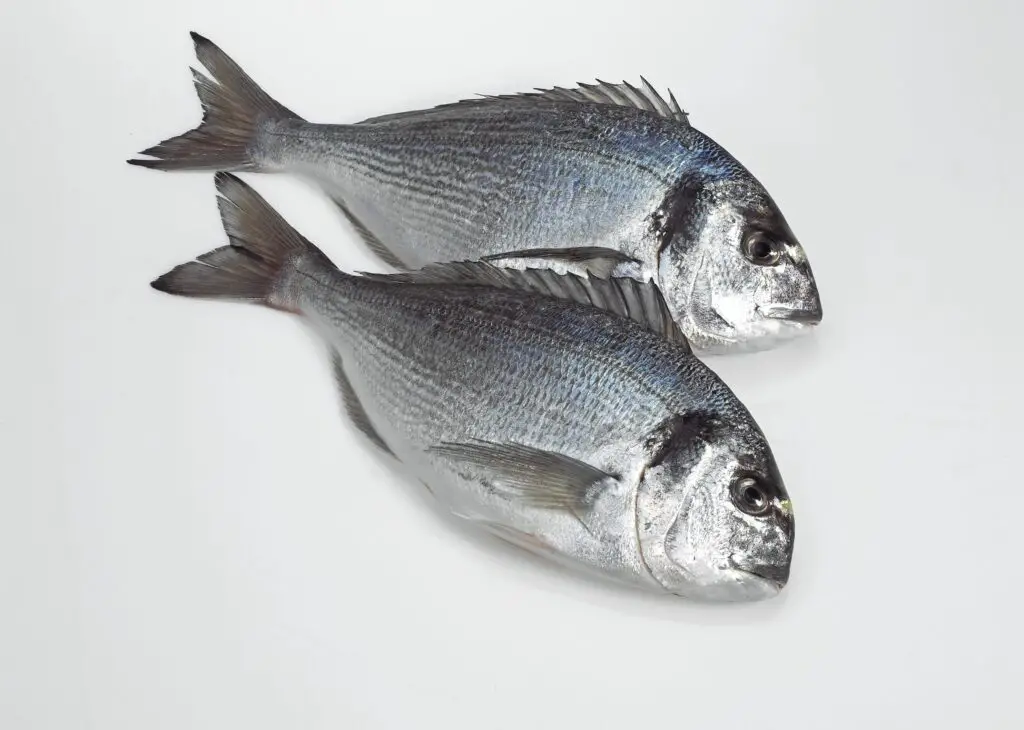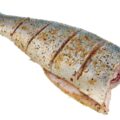Two fish species that differ from one another both physically and internally are grouper and bream. Their body types, swimming habits, feeding preferences, musculature, and a few physiological changes help to separate these two, marine fish from one another.
Bream, a variety of tasty and adaptable fish species from the Sparidae or Bramidae families of fish, is the common name for a sizable group of fish species. On the contrary, the grouper is a distinctive member of the Epinephelinae subfamily of fish. This subfamily has 159 species, all of which are groupers, and is classified into 15 genera.
Scientific Classification
| Scientific Classification | Grouper | Bream |
| Kingdom | Animalia | Animalia |
| Phylum | Chordata | Chordata |
| Class | Actinopterygii | Actinopterygii |
| Order | Perciformes | Cypriniformes |
| Family | Serranidae | Cyprinidae |
| Subfamily | Epinephelinae | Leuciscinae |
What are Groupers?
Any fish belonging to the family Serranidae, which also includes sea bass, is referred to as a grouper. The Portuguese word “garoupa,“ which means “fish,” is said to be the source of the name. These fish are robustly built and have wide jaws. Despite the wide range in size among the numerous species included in this category, some of them can get rather big. Some have the potential to reach lengths of up to three and a half feet and weights of more than 200 pounds (just under 100 kg).
The octopus, crab, fish, and lobster that grouper prey on is typically swallowed whole by the fish. Their broad jaws make this feasible. These fish have few teeth around the jaw’s margins because they do not chew their food. They have hard plates that develop within their throats that smash their food.

What Kind of Fish is a Bream
Bream (Abramis brama), a widespread food and game fish in Europe, belongs to the Cyprinidae subfamily of carp and is found in lakes and slow-moving rivers. The school-dwelling bream consumes worms, mollusks, and other tiny creatures. It has a large head, flat sides, a deep body, and a silvery back with a bluish or brown color.
Any freshwater “panfish” with a narrow, deep body is referred to as a “bream,” which comprises a variety of species. The common bream, also known as brim, sunfish, panfish, or bream, is one of the best-tasting fish available and is the first fish that the majority of us catch when fishing.

What Are the Grouper’s Nutritional Qualities
-
- Water, 73.36 g
-
- Protein, 24.84 g
-
- 1.30 g of fat, including 47 mg of cholesterol, 0.299 g of saturated fat, 0.268 g of monounsaturated fat, and 0.403 g of polyunsaturated fat
-
- Niacin 0,381 mg
-
- 0.081 mg of thiamine and 0,350 mg of vitamin B6
-
- 10 micrograms of folate, 165 IU of vitamin A, 0.006 mg riboflavin, 0.69 micrograms of vitamin B12, and 475 mg potassium.
-
- 53 mg of sodium, 37 mg of magnesium, and 143 mg of phosphorus.
-
- Calcium 21 mg
-
- 1.14 mg iron, 0.05 mg zinc, and 36.5 g of selenium.
What are the Possible Health Advantages of Grouper
-
- Grouper is a great source of high-quality protein and other healthy fats, and it is low in saturated fat, which should make up no more than 10% of daily calories and which, if consumed in excess, can be harmful to the heart and arteries. Large amounts of B vitamins, which are necessary for a healthy metabolism, can also be obtained by eating this fish.
-
- Vitamin B12, in particular, is necessary for the production of nucleic acids and hemoglobin, for the metabolism of lipids, and for the operation of the neurological system, whereas vitamin B6 is crucial for the utilization of fats and the metabolism of proteins.
-
- Last but not least, grouper is an excellent source of potassium, which supports cardiovascular health; selenium, which aids in antioxidant defenses, and phosphorus, which is good for bones, teeth, kidneys, muscles, and the heart, as well as for the proper functioning of the metabolism and the transmission of neurological impulses.
What Are the Nutritional Qualities of Bream
Proteins, vitamins, and minerals (calcium, phosphorus, iodine, and iron) are all present in bream, which is also particularly high in omega-3 fatty acids?
-
- Total Fat 2.9g. (4%)
-
- Saturated Fat 0.4g. (2%)
-
- Sodium 280mg. (12%)
-
- Total Carbs 0g.
-
- Dietary Fiber 0g.
-
- Total Sugars 0g.
-
- Protein, 18 g (36%)
How Good Are Bream Fish for Your Health
When compared to other types of fish, bream fish are much higher in nutrients. The unique advantages of bream fish are now thoroughly explained.
-
- Bream fish keeps you strong and is a great source of protein. Bream has many health advantages, including lowering blood pressure. Because it is rich in omega-3 and omega-6 fatty acids, which lower LDL levels and the risk of plaque accumulation in coronary arteries, bream is also helpful for lowering cholesterol.
-
- Bream promotes cognitive function by lowering inflammation. It also contains a lot of omega-3 fats, which improve brain health by increasing blood flow to the brain.
-
- Bream fish are fantastic sources of key nutrients, including vitamin D, which improves overall health in the body and helps avoid animal diseases. They are also wonderful sources of protein. This is essential to overall health and well-being.
What Is the Cholesterol Content of Grouper?
White grouper had the highest cholesterol content (107.6 mg/100 g of fish), whereas badejo had the lowest (70 mg/100 g). In badejo, the level of omega-3 ranged from 0.01 g/100 g to 0.900 g/100 g in weakfish. From 0.687 g/100 g in seabass to 4.530 g/100 g in filhote, saturated fat levels varied.
Is Bream a Fatty Fish?
Low in fat, they are one of the most healthful low-fat substitutes for red or processed meat, which tends to be higher in fat, especially saturated fat. Some species, like sea bass, bream, turbot, and halibut, can be sources of omega-3 fatty acids, though at lower concentrations than oily fish.
Conclusion
-
- Due to its mild flavor, which pairs nicely with marinades and salads, grouper is great no matter how it is prepared. Without having a distinctly fishy taste, bream has a rich flavor. The meat has a dense yet juicy consistency.
-
- Bream has a lower nutritional value than grouper. In addition to being a terrific source of other good fats and high-quality protein, grouper is also low in saturated fat, which, in excess, can be bad for the heart and arteries.











